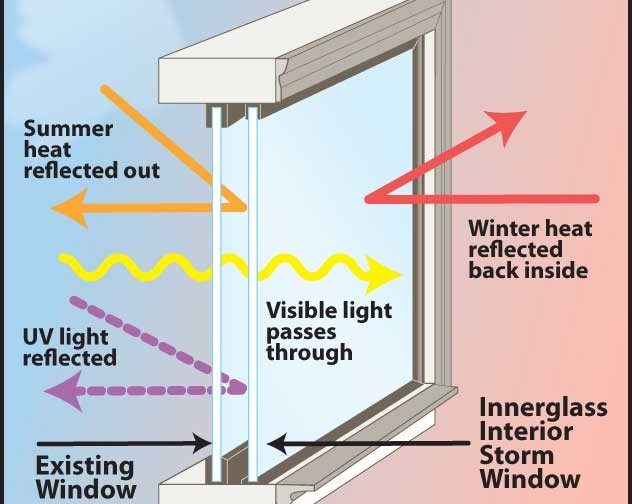All Categories
Featured
Table of Contents
Window Glazing For Households - Energy in Ocean Reef Perth
Glazing just means the windows in your house, including both openable and fixed windows, along with doors with glass and skylights. Glazing actually just implies the glass part, however it is normally used to refer to all aspects of an assembly including glass, movies, frames and home furnishings. Paying attention to all of these aspects will assist you to accomplish effective passive style.

Energy-efficient glazing makes your home more comfy and dramatically decreases your energy expenses. However, inappropriate or inadequately created glazing can be a major source of unwanted heat gain in summertime and significant heat loss and condensation in winter season. Approximately 87% of a house's heating energy can be gotten and up to 40% lost through windows.
Double Glazed Windows – Their Amazing Benefits For ... in Leda WA
Glazing is a considerable financial investment in the quality of your house. A preliminary financial investment in energy-efficient windows, skylights and doors can significantly decrease your annual heating and cooling bill.

This tool compares window choices to a base level aluminium window with 3mm clear glass. Comprehending some of the essential properties of glass will help you to choose the very best glazing for your house. Key properties of glass Source: Adjusted from the Australian Window Association The quantity of light that passes through the glazing is understood as visible light transmittance (VLT) or visible transmittance (VT).
Keeping Your Cool: The Benefits Of Double Glazed ... in Rossmoyne Perth
The U value for windows (expressed as Uw), describes the conduction of the whole window (glass and frame together). The lower the U value, the higher a window's resistance to heat circulation and the much better its insulating value.
For example, if your home has 70m2 of glazing with aluminium frames and clear glass with a U value of 6. 2W/m2 C, on a winter season's night when it is 15C cooler outside compared to inside your home, the heat loss through the windows would be: 6. 2 15 70 = 6510W That is equivalent to the total heat output of a large room gas heating system or a 6.
Double Glazing Vs Triple Glazing For Windows (2023) in Cottesloe Western Australia

If you choose a window with half the U value (3. 1W/m2 C) (for instance, double glazing with an argon-filled gap and less-conductive frames), you can cut in half the heat loss: 3. 1 15 70 = 3255W The solar heat gain coefficient (SHGC) for windows (expressed as SHGCw) determines how readily heat from direct sunlight flows through a whole window (glass and frame together).
The lower a window's SHGC, the less solar heat it transmits to the home interior. Glazing makers declare an SHGC for each window type and design. However, the real SHGC for windows is impacted by the angle that solar radiation strikes the glass. This is called the angle of incidence.
What Are The Advantages Of Double Glazed Windows? in Iluka WA
When the sun is perpendicular (at 90) to the glass, it has an angle of incidence of 0 and the window will experience the optimum possible solar heat gain. The SHGC declared by glazing makers is constantly determined as having a 0 angle of incidence. As the angle increases, more solar radiation is shown, and less is transferred.
Table of Contents
Latest Posts
Types Of Glazing For Your Windows, Explained in Wembley Downs WA
Single Vs Double Vs Triple - Which Window Is Right For Your ... in Eden Hill WA
Why Install Stunning Double Glazing Windows During Summer? in South Guildford WA
More
Latest Posts
Types Of Glazing For Your Windows, Explained in Wembley Downs WA
Single Vs Double Vs Triple - Which Window Is Right For Your ... in Eden Hill WA
Why Install Stunning Double Glazing Windows During Summer? in South Guildford WA